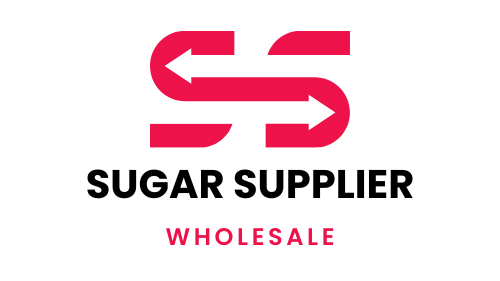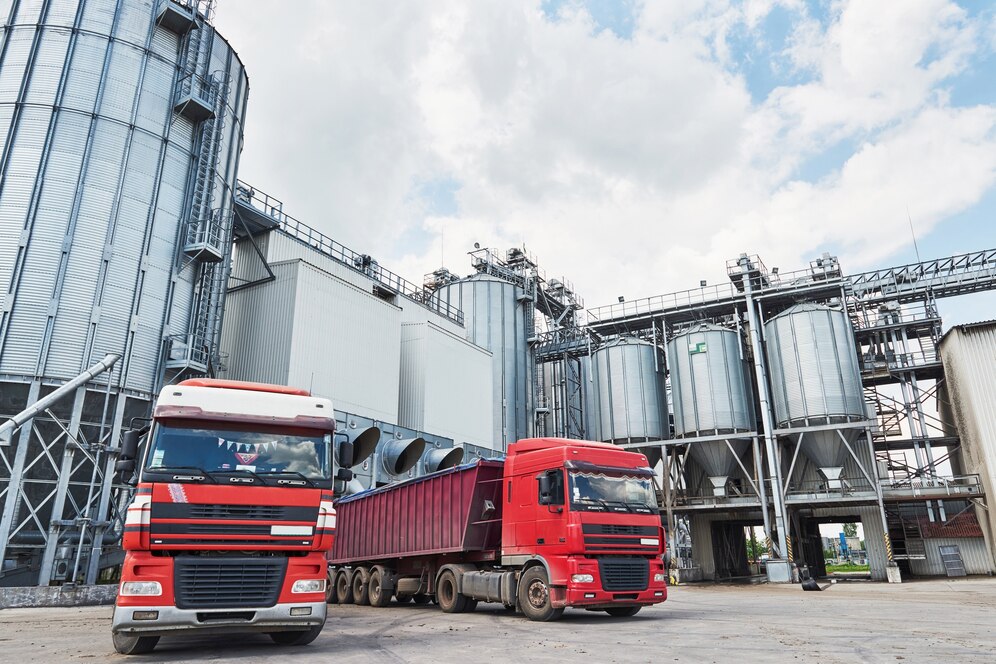Emerging markets are becoming increasingly influential in the global sugar industry, shaping market dynamics and driving growth opportunities. As these markets continue to evolve, their impact on sugar logistics becomes more pronounced. In this blog post, we explore the role of growing markets in sugar logistics, their market dynamics, and the opportunities they present for supply chain management.
Emerging Markets
Emerging markets, often characterized by rapid economic growth, industrialization, and urbanization, are key players in the global sugar trade. Countries in Asia, Africa, and Latin America are experiencing rising incomes and changing consumer preferences, driving demand for sugar and related products. This shift in consumer behavior creates both challenges and opportunities for sugar logistics.
Market Dynamics
The dynamics of emerging markets significantly influence sugar logistics. Rapid population growth, urbanization, and increasing disposable incomes drive demand for sugar, necessitating efficient supply chain management to ensure timely delivery to consumers. Additionally, fluctuations in currency exchange rates, trade policies, and geopolitical factors impact the flow of sugar across borders, requiring agile logistics solutions.
Impact on Logistics
The influence of emerging markets on sugar logistics is multifaceted. Firstly, there is a need for infrastructure development to support the growing demand for sugar in these markets. This includes investments in transportation networks, storage facilities, and port infrastructure to facilitate the movement of sugar from production centers to consumption hubs. Secondly, supply chain visibility and transparency become crucial in navigating the complexities of emerging markets, requiring robust tracking and monitoring systems.
Growth Opportunities
Despite the challenges, emerging markets offer significant growth opportunities for sugar logistics. By leveraging technology and innovation, logistics providers can optimize supply chain processes to meet the evolving demands of these markets. For example, implementing advanced analytics and predictive modeling can enhance demand forecasting accuracy, enabling more efficient inventory management and distribution. Moreover, strategic partnerships with local stakeholders, including producers, distributors, and government agencies, can help overcome logistical barriers and capitalize on market opportunities.
Conclusion
In conclusion, emerging markets play a pivotal role in shaping the landscape of sugar logistics. Their dynamic growth presents both challenges and opportunities for supply chain management. By understanding the unique market dynamics and investing in innovative logistics solutions, companies can navigate the complexities of emerging markets and capitalize on the growth opportunities they offer. For further insights into the role of technology in enhancing sugar supply chains, read our blog post on technology’s role in enhancing sugar supply chains. Additionally, explore case studies of successful sugar supply chain management in our blog post on case studies: successful sugar supply chain management.

